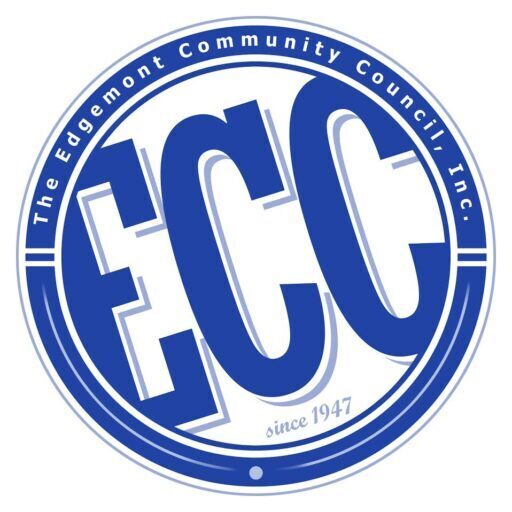Greenburgh residents reacted in anger earlier this month when two huge oak trees that stood for over a century on the traffic island in front of the Hartsdale Train Station were destroyed to construct a “public stage” for town officials to honor military veterans on Veterans Day and Memorial Day.
The work is being paid for by a town board authorized $250,000 disbursement from the Town’s Builder’s Recreation Fund, which is money town officials collect from developers who get approval to construct residential projects without also providing recreational facilities.
The larger of the two trees destroyed had a trunk that measured 30.5 inches around at shoulder length; and provided shade for a temporary stage used by musicians who play on Saturdays in the summer when the small makeshift farmer’s market at the train station is operational. The other tree had a trunk measuring 20 inches in diameter.
According to an arborists report, while both trees were relatively healthy, they would have been too “stressed” by the construction.
The Town will replace the two trees it destroyed with saplings measuring six inches in diameter. In the meantime, the removal of the trees has left a huge empty space. Not only are the two trees now gone, but a large electric cable that was once obscured by the tree branches, now festoons the traffic island, creating an eyesore that won’t be remedied even when the “public stage” being constructed for town officials is completed.
The Town Board authorized the removal of the trees without public discussion by resolution adopted unanimously at a town board meeting held August 4 – at which point it would have been too late for any resident to object anyway.
Even Town Clerk Judith Beville, who stages the impromptu Saturday morning “concerts” during the summer months, was apparently unaware of what the Town Board had done. In response to Freedom of Information Law requests for copies of the arborist’s report recommending the trees be removed, she suggested organizing a protest to save the trees just for the sake of the shade that protects the musicians and gives passersby a place out of direct sunlight to rest — not realizing the trees had already been destroyed.
Under the Town’s tree law, if the Town wants to remove trees from town property, it must first notify any adjoining property owners and publish a legal notice in the Journal News, and then get formal written approval from the town board ten days later. Under the tree law, anyone wishing to register an objection must do so within five days of the legal notice in the paper.
Without telling anyone they had done so, the Town Board had the legal notice of the proposed tree removal published in the Journal News on July 21, 2016. And there is no evidence that the Town ever notified any adjoining property owners. Consequently, on August 4, when the matter came on for a vote by the Town Board to approve removing the trees, there was nothing residents could do to stop them.
“Why did they kill two beautiful trees,” said one Edgemont resident from the Greenridge section of the Town who said he had been “having a feud” with Town Supervisor Paul Feiner “over the fact that they took down those trees, and that it could have been a $10,000 marble statute instead of a grandstand platform.”
ECC president Bob Bernstein said, “The issue for me is not so much one resident’s aesthetic vision as opposed to Feiner’s, but the Town’s cynical lack of transparency when it came to the public process for vetting the plan.”
“Residents should have been able to weigh in when it matters, not after the fact when the damage has been done and it doesn’t,” Mr. Bernstein said. “The Town’s attitiude is that their failure to be transparent is not its fault but ours for not catching them beforehand.
“This is a common pattern which from my vantage point has seriously hurt Edgemont and other parts of unincorporated Greenburgh as we must constantly play this cat and mouse game with the Town,” Mr. Bernstein added.
The use of $250,000 in builder funds to pay for the “public stage” is also bound to rankle Edgemont residents. The Town Board had previously authorized $75,000 of such funds to pay for the construction of a raised walkway across Edgemont Road to Crane Pond in order to make it safer for children and parents with strollers to cross the street to feed the ducks.
However, because Mr. Feiner decided he didn’t like the idea, he refused to spend the money and the improvement was never made — thus angering many residents of Old Edgemont who had lobbied hard for years to get the Town to spend the money.
“The arbitrary way in which money from the builder’s fund gets disbursed in Greenburgh suggests that it sometimes operates more like a private slush fund using public funds for politicians to dole out money that suits their political purposes than a trust fund intended to augment the Town’s recreational facilities,” Mr. Bernstein said.
